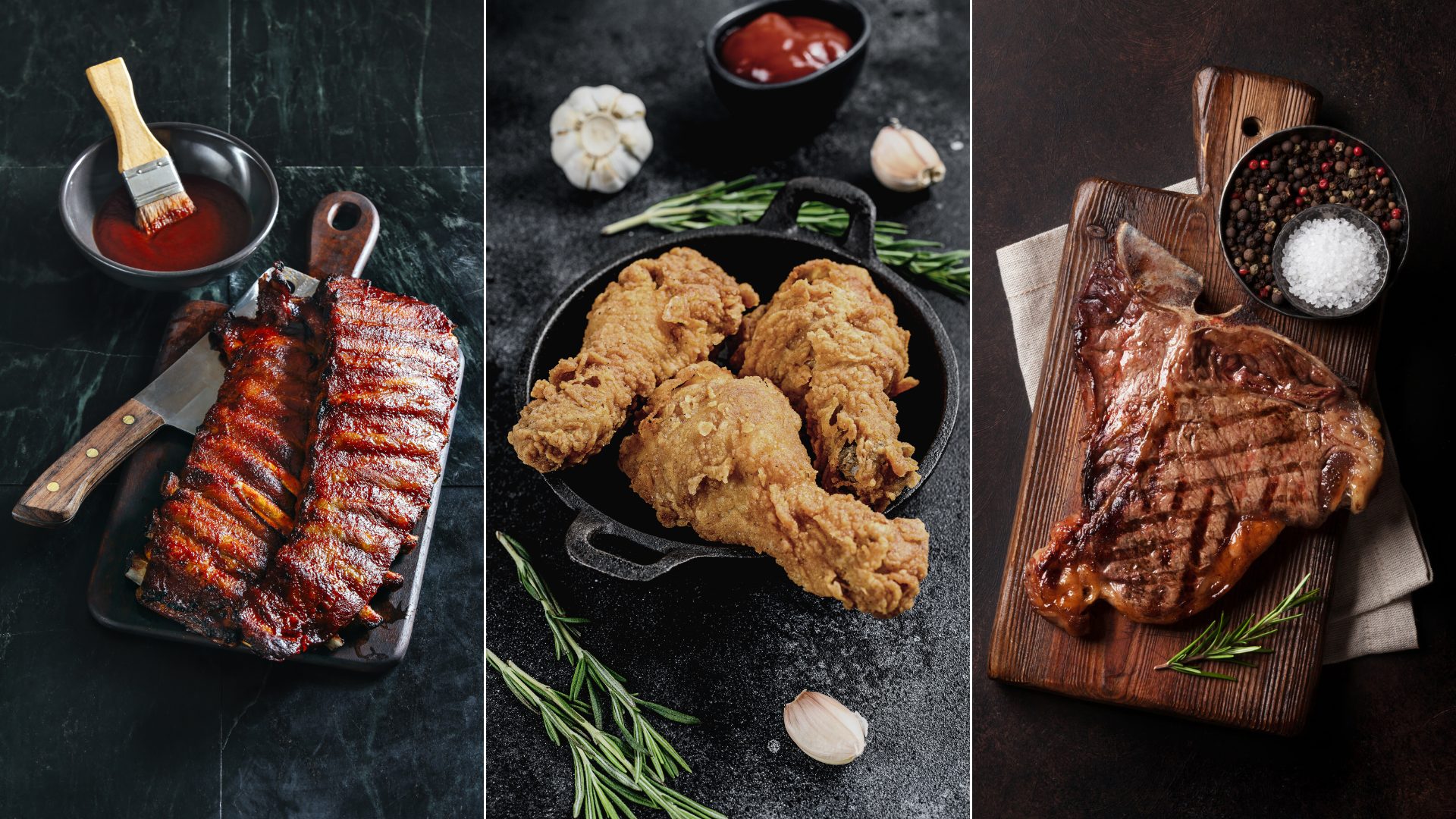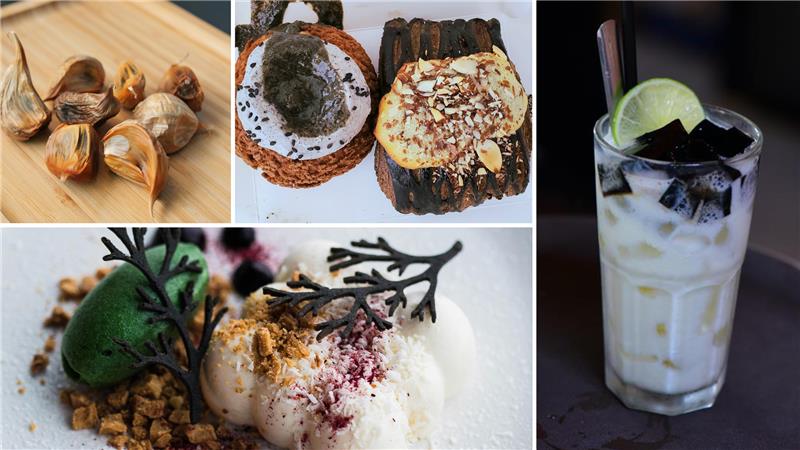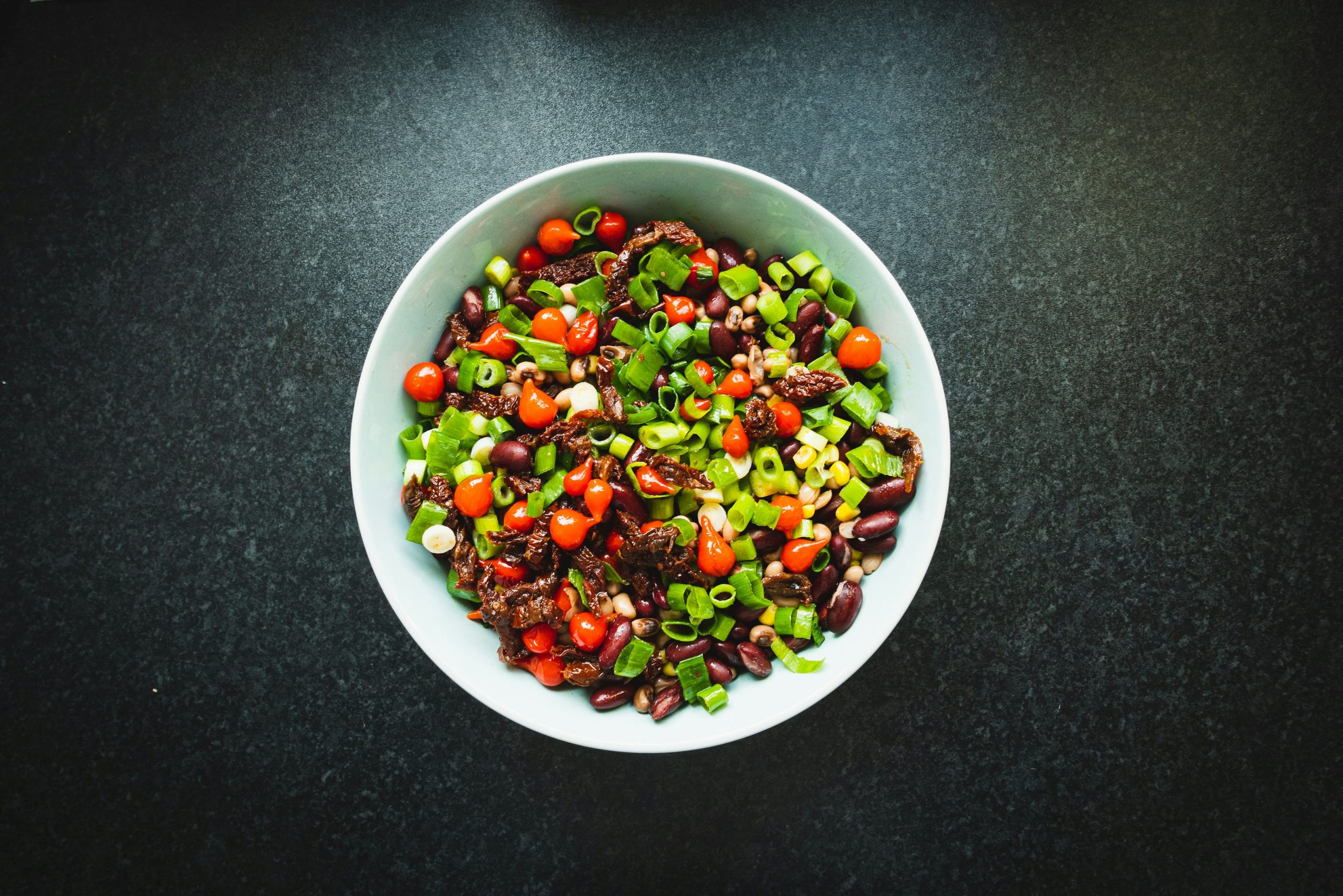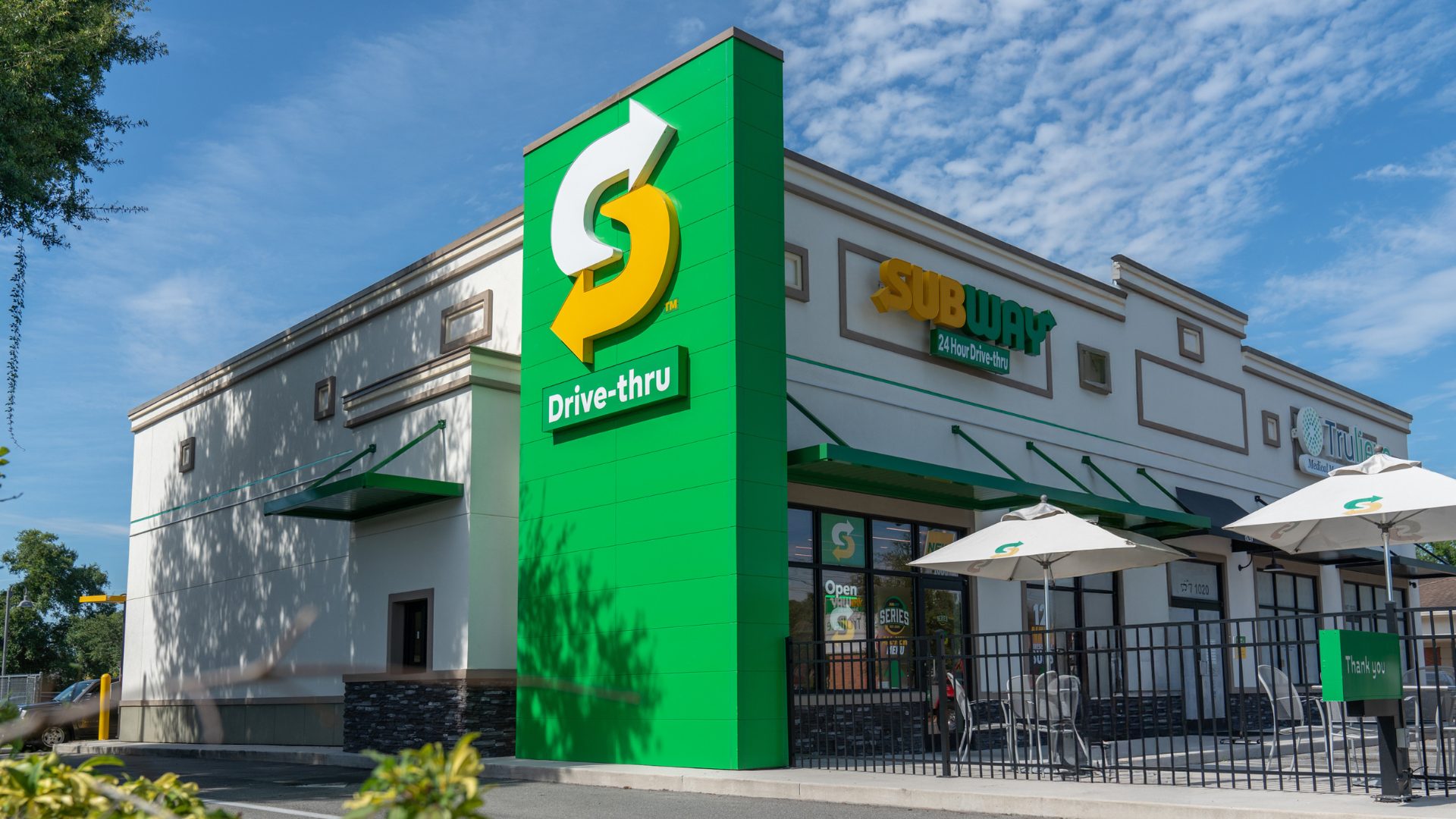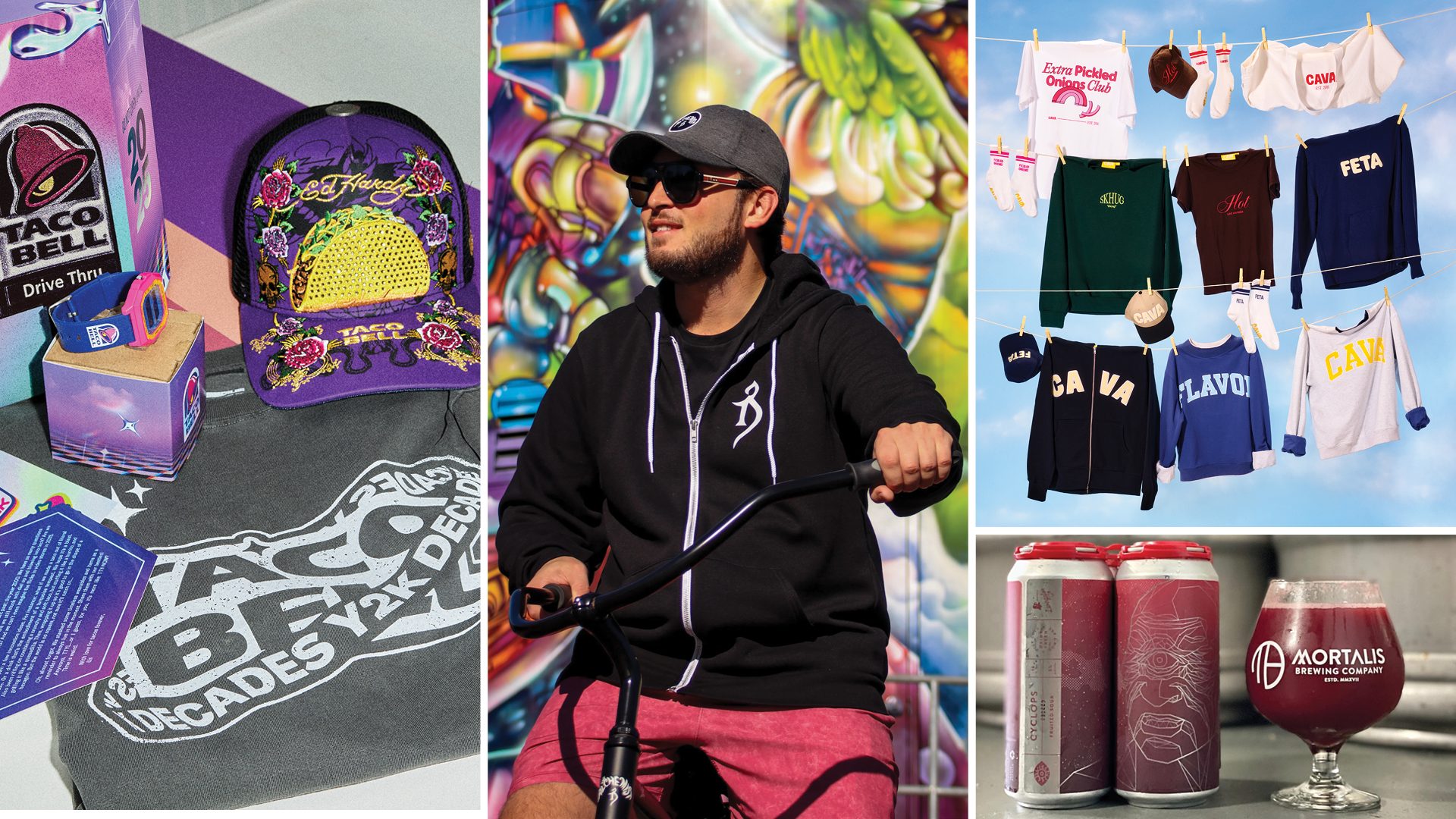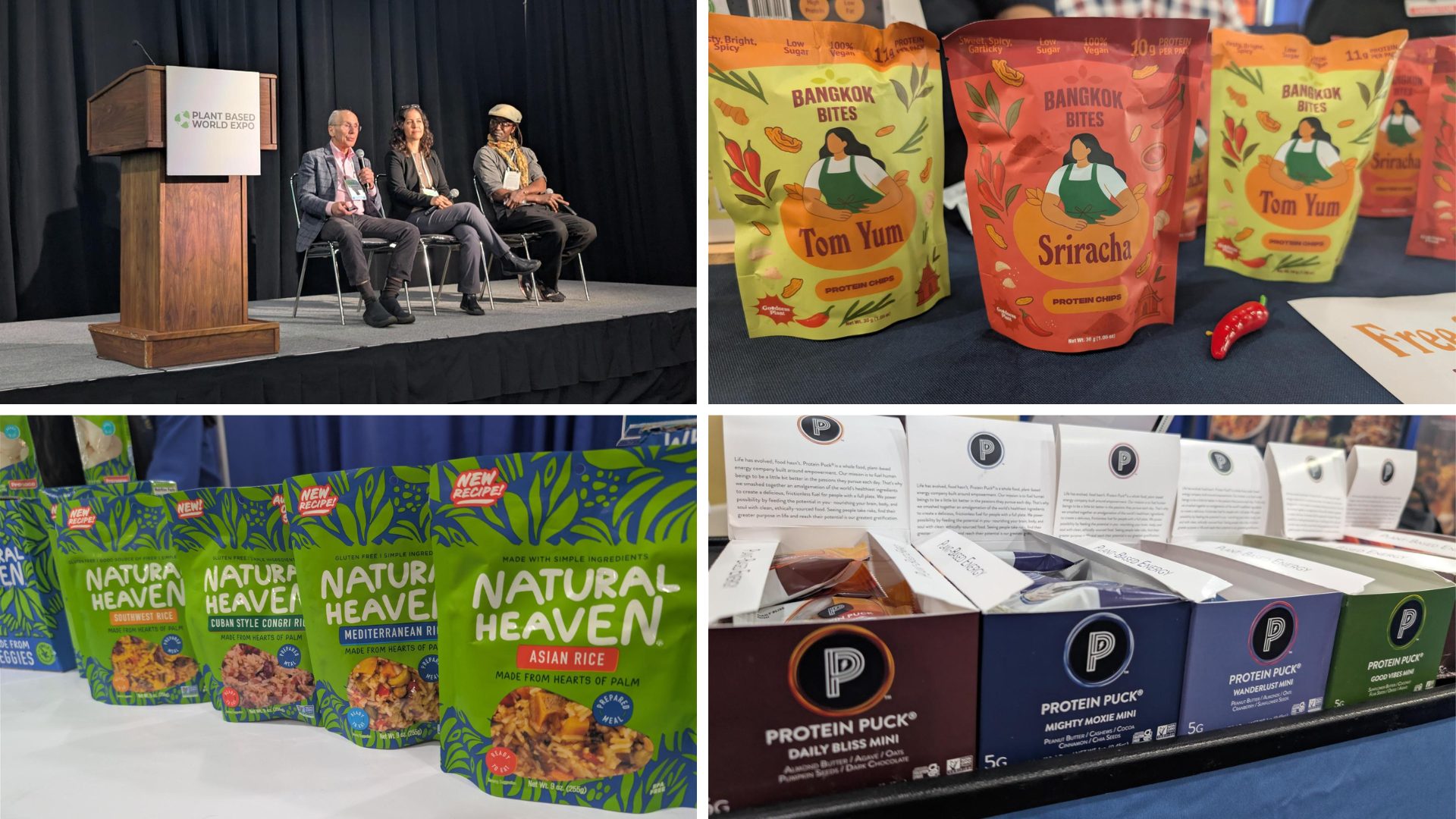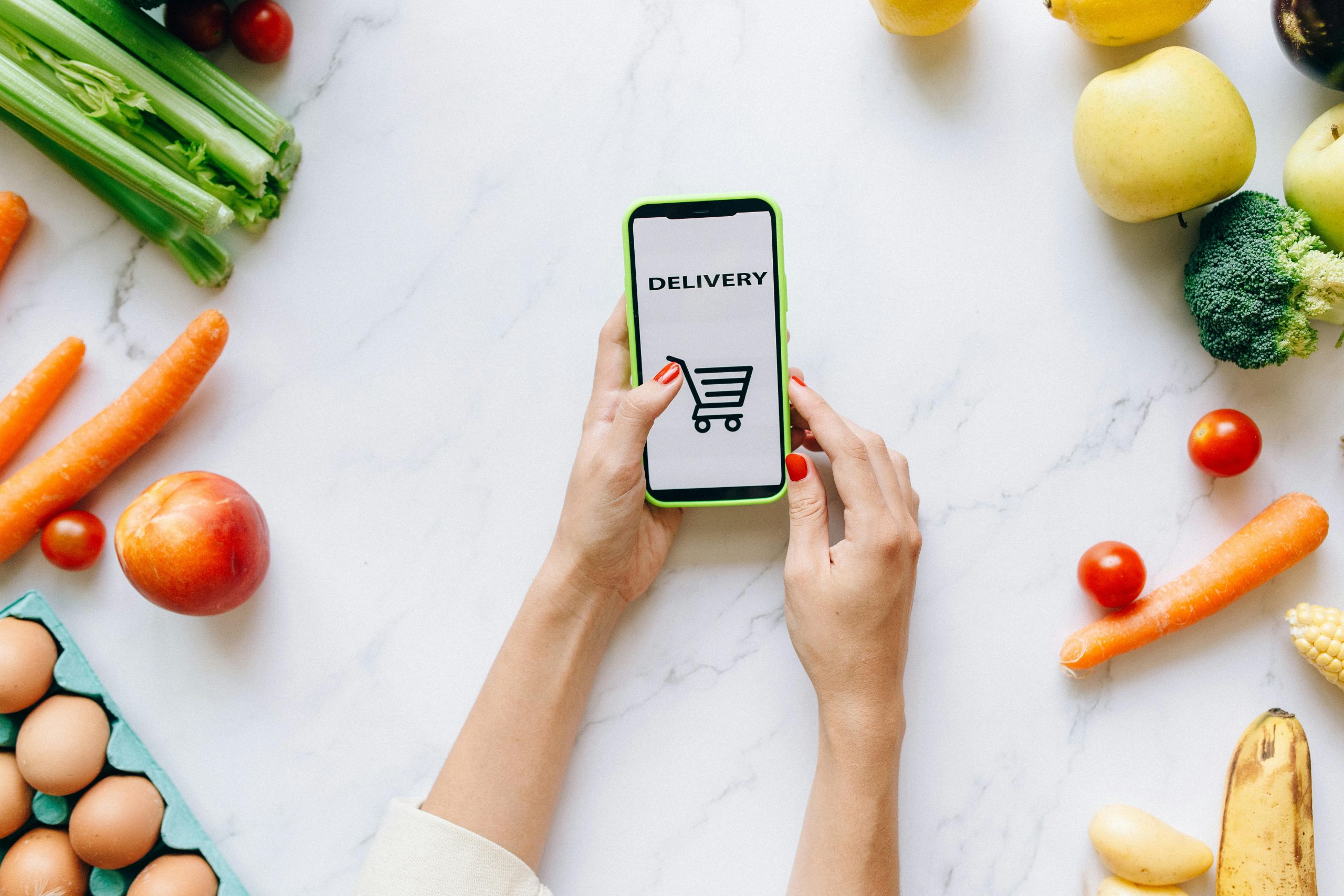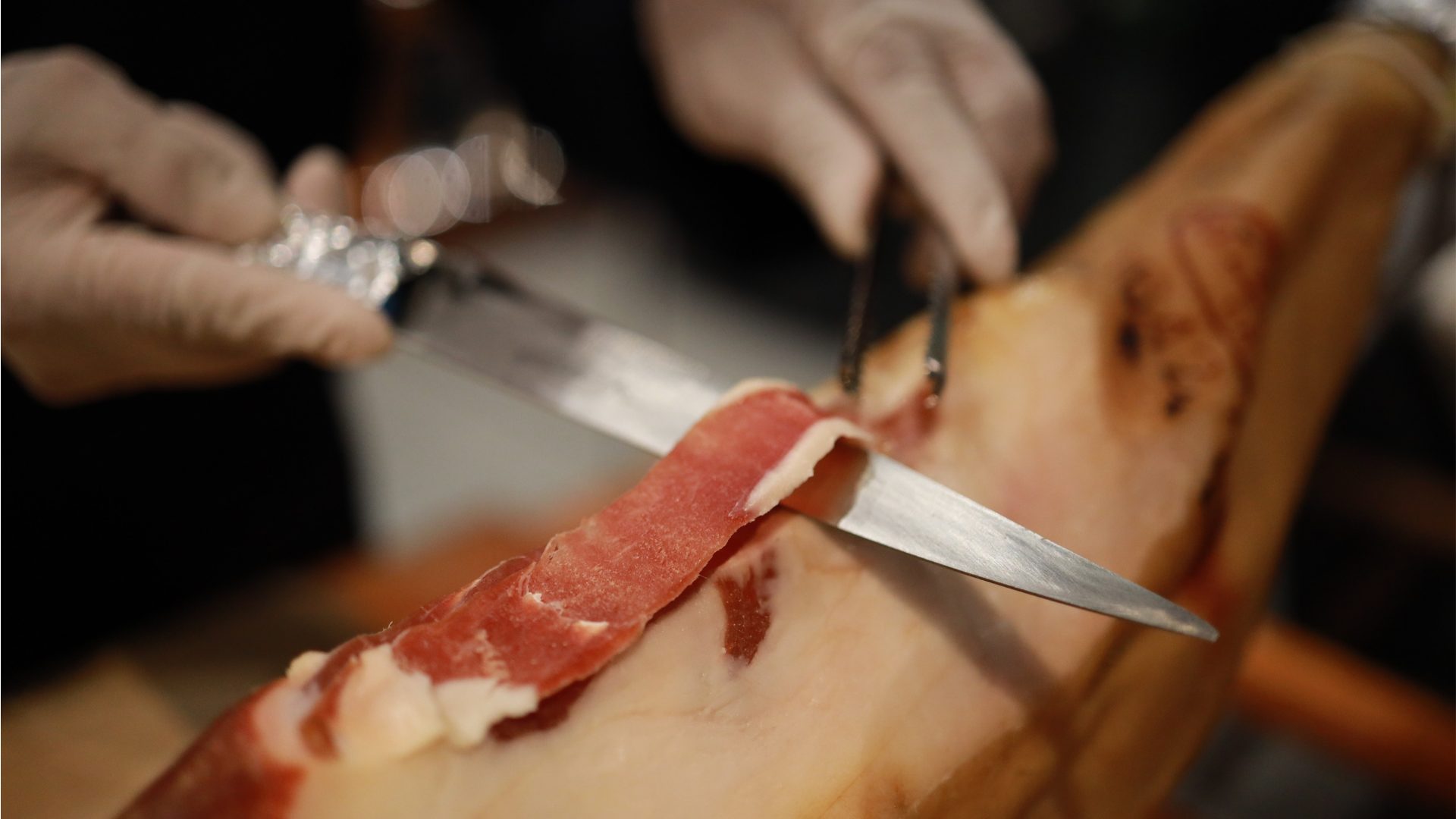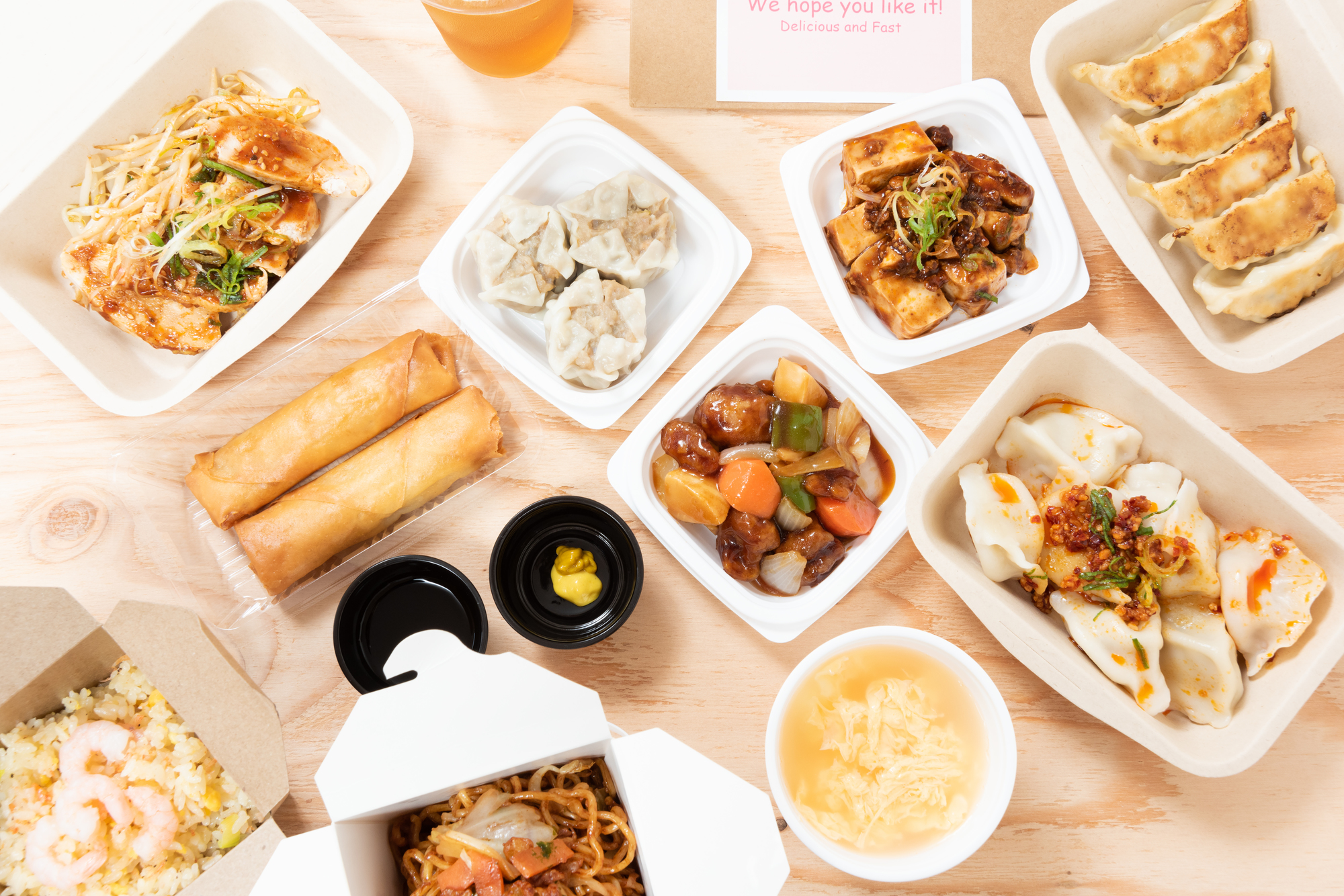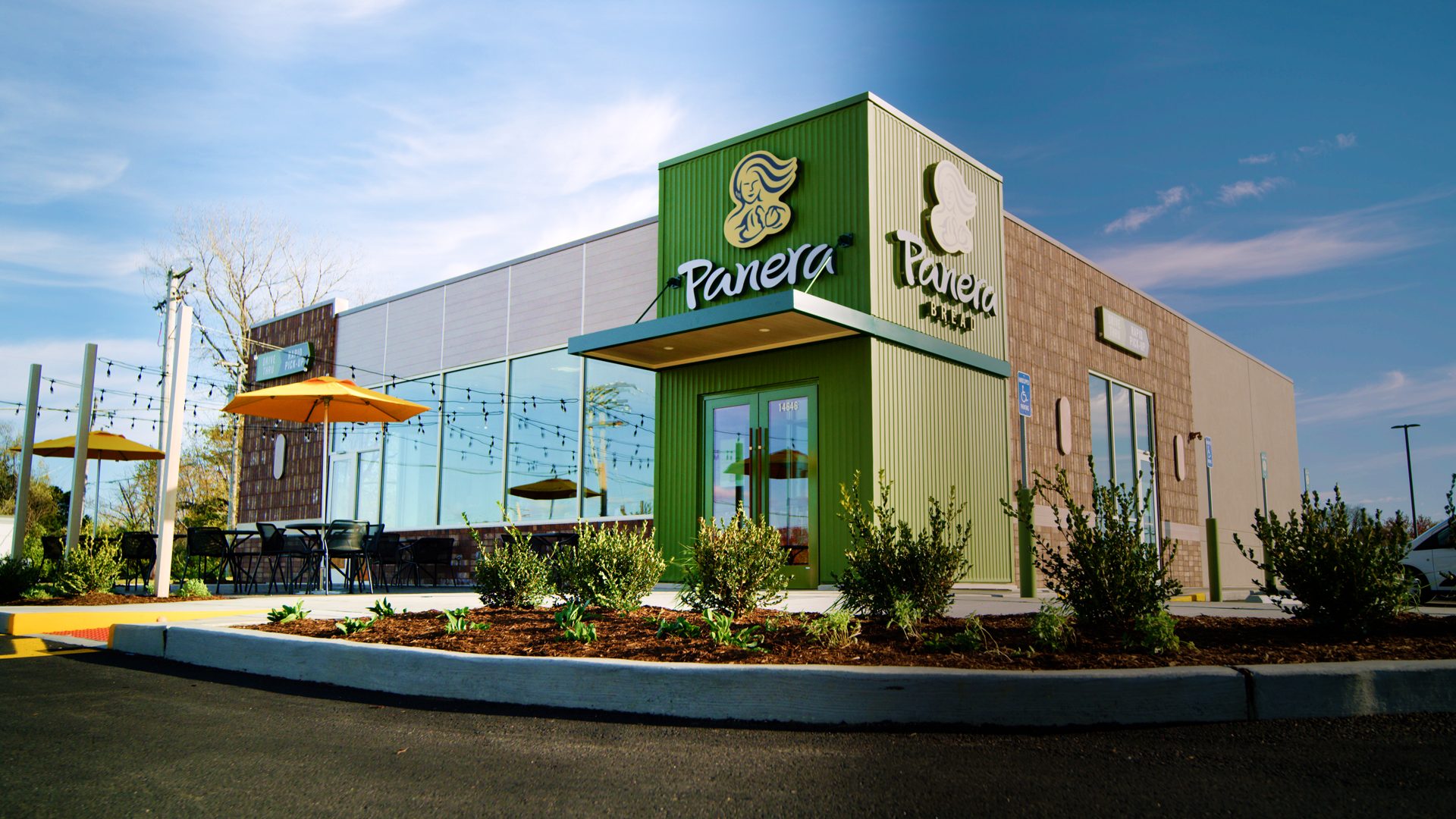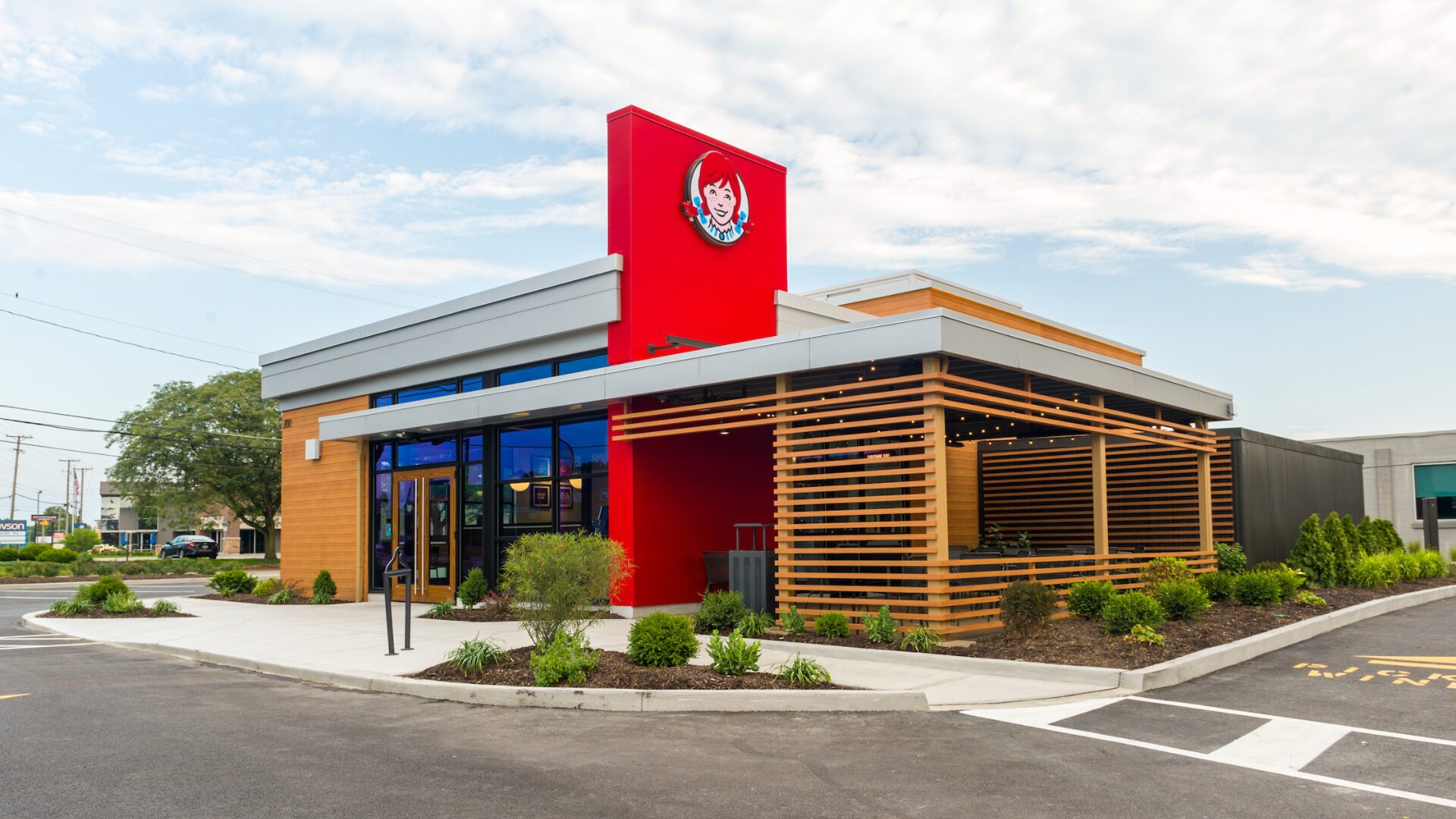
Club Stores Get the Modern Consumer
Club stores are surging as inflation weary consumers flock to value, consistency, and private label innovation, leaving traditional grocers fighting for relevance. Costco leads the charge, turning trust and membership loyalty into a growth engine the rest of retail can’t ignore.
Chocolate’s Identity Crisis: Cocoa Is Disappearing
Chocolate makers are scrambling as soaring cocoa costs force reformulations and shrinkflation. With supply pressures mounting, the industry is racing toward alt cocoa, gene-edited crops, and other science-driven solutions.
Fiber, Functionality, and AI: Acosta’s Big Predictions for 2026
Acosta Group expects 2026 to be a breakout year for agentic AI, with shoppers embracing AI “companions” while still wary of automated purchasing. Acosta Group also feels consumers will demand personalized wellness, along with innovation that feels relevant – not just new.
Cooling, Tingling, Other Trigeminal Sensations Deliver ‘Feelable’ Flavor
Consumers are craving “feelable flavor,” driving brands to explore cooling, warming, and tingling trigeminal sensations that deepen emotional and sensory engagement. These effects are quickly becoming powerful tools for innovation in functional, NA, and better‑for‑you products.
Succession Shake-Up: Coke’s Next CEO Enters Beverage Battlefield
Coca-Cola’s steady handoff from James Quincey to Henrique Braun comes as the beverage giant navigates slowing soda demand, political crosswinds, and shifting consumer habits. Quincey proved Coke could thrive amid turbulence; now Braun must do the same.
The ‘Casual Athlete’ – A Culture Shift for F&B
Casual athletes are influencing F&B trends, fueling demand for premium protein, hydration, and functional snacks. With wellness spend rising as other categories pull back, savvy brands must meet this lucrative consumer base where they play.
Has India Become America’s Next Major Trade Partner?
India’s bid to become a U.S. trade powerhouse is colliding with tariffs, infrastructure gaps, and geopolitical juggling. Despite strong growth, stalled negotiations and falling exports signal a tougher road ahead for food-sector trade.
Sheep, Goat Pox Outbreak in Greece Signals a Global Feta Shortage Is Nigh
Greece’s sheep and goat pox outbreak is gutting herds and threatening the feta supply, setting the stage for global price spikes. Importers may soon pivot to substitutes as climate and disease expose the category’s fragility.
The Best Certified Humane Egg Brands
As one of the best Certified Humane egg brands, Sauder’s Eggs partners with local family farms that adhere to strict guidelines for hen care.
What Will Be the Biggest Animal Protein of 2026?
Chicken appears poised to keep its protein crown in 2026, buoyed by strong availability and foodservice versatility. But shifting consumer value dynamics and disease risks could elevate eggs and pork to unexpected growth.
F&B Marketing Playbook: Major Shifts
Paint It Black: One Color Dominates 2026 Flavor Trends Lists
Flavor forecasters say 2026 belongs to the color black—think sesame, currant, garlic, soybeans, and grass jelly. From nutty lattes to bold mixology, these dark-hued trends promise premium appeal and global inspiration for forward-looking food innovators.
Fiber: The Next Billion-Dollar Battleground in Functional Foods
Fiber is rapidly taking protein’s place as the star of functional food. With rising demand for gut health and metabolic support, as well as a massive nationwide fiber gap, CPG brands have a rare opportunity to lead the next wave of nutrition innovation.
Is the $10 Harvest Bowl Sweetgreen’s Last-Ditch Effort to Bring Traffic Back?
After successive quarters of steepening same-store sales declines, Sweetgreen is offering a $10 deal that may turn its luck around. Critiques of the app’s user experience, and friction from tech-enabled back-end efficiencies may be the source of its turmoil.
Premiumization Movement Makes Storytelling, Packaging Important as Ever
In late 2025, premiumization has come to mean clarity, convenience, and storytelling. From blockchain packaging to sashimi-grade salmon, premium brands winning trust are those turning transparency and narratives into irresistible consumer experiences.
Agentic AI Is Here – Are Food and Retail Brands Ready for What’s Next?
Agentic AI is shifting retail from answers to actions – transforming discovery, consideration, and conversion. For food brands, metadata mastery and AI literacy are now imperatives.
Subway’s New Loyalty Program ‘Financial Suicide’ Per Franchisee
Subway’s revived Sub Club promises free subs and flashy perks, but franchisees warn of profit risks. The loyalty gamble highlights the tension between corporate marketing ambitions and operators’ bottom-line realities.
Restaurants Leverage Branded Merch to Generate Income Ahead of the Holidays
Restaurants are cashing in on branded merch this holiday season, with Square data showing strong adoption across breweries, cafés, and bars. Industry pros say the right items and staff incentives can turn T-shirts into high-margin brand builders.
Snacking Success: Americans Still Have Their Sweet Tooth
Americans may be leaning healthier, but indulgent snacking still drives growth – especially chocolate, candy, and protein-packed salty options. Gen Z’s “little treat culture” and afternoon tea trends are fueling innovation.
Survey: Recipe for E-Commerce Success Includes Vivid Photos, Detailed Reviews
These days, online shoppers demand transparency, trust, and precise product details – photos, reviews, and availability drive conversions. Brands that deliver clarity win loyalty, experts note.
Solo Dining, Breakfast Boom: New Restaurant Trends Revealed
Solo diners, weekday reservations, and breakfast/early-bird slots are altering 2025 dining patterns. Restaurants embracing these shifts can tap new demographics, maximize off-peak traffic, and leverage inflation-driven demand for affordable, intentional dining experiences.
F&B Marketing Playbook
3 Key Takeaways from Plant Based World Expo 2025
The Plant Based World Expo 2025 spotlighted snack-driven innovation, protein fortification, and smarter labeling as growth levers. For food leaders, the message was clear: consumer nuance will define the next era in the plant-based sector.
Pizza Hut’s Value Proposition Problem Grows
Pizza Hut’s nostalgia is fading as sales slump and Yum! Brands weighs a possible divestiture. Experts say streamlined delivery, sharper value messaging, and personalized loyalty could be critical to reclaiming ground from Domino’s and rivals.
Dynamic Pricing: Should Some Shoppers Pay More for the Same Goods?
AI-fueled dynamic pricing is sparking legislative battles and consumer backlash, especially around essentials like groceries. Experts warn that retailers risk eroding trust and loyalty if algorithms dictate who pays more for the same goods.
Swine Fever Decimates Spanish Pork Exports
Spain’s first African swine fever outbreak in 30 years has rattled the global pork trade, jeopardizing billions of dollars in exports. With bans from China, Taiwan, Britain, and Mexico, industry leaders face a high-stakes test of market resilience.
3 Key Takeaways from the 2025 PLMA Trade Show
The Private Label Manufacturers Association’s sold-out 2025 showcase spotlighted protein-plus, gut-health sodas, and Dubai-style indulgence. Industry leaders underscored private label as core strategy, urging suppliers to think globally, not locally.
Nisshin OilliO America Unveils Foodservice Tech Lab, a Solution-Driven B2B Hub to Tackle US Kitchen Challenges
Nisshin OilliO America’s new B2B hub helps restaurants improve kitchen efficiency, reduce waste, and elevate menu value.
The ‘Informed Shopper’ to Change Face of Retailing
Informed Shoppers are reshaping retail, demanding transparency, wellness, and sustainability. Retailers clinging to legacy formulas risk irrelevance, while those embracing ingredient clarity and tech-driven discovery stand to capture tomorrow’s discerning consumer.
‘Death By a Thousand Paper Cuts’: Panera CEO Charts Big Changes Ahead
Panera’s “RISE” overhaul tackles shrinkflation, menu missteps, and stalled growth with a $7 billion sales target by 2028. CEO Paul Carbone vows bigger portions, sharper value, and renewed relevance amid fierce fast casual competition.
Protein Fortification: The Next Plant-Based Differentiator
Recent product innovations and health & wellness macrotrends show that plant-based brands offering protein-added benefits will stimulate the next phase of growth. Already, national CPGs like Danone are bringing a protein value proposition to their legacy lines.
Diet Trends to Watch in 2026: Metabolic Eating, Gut Health Prioritized
Fiber and metabolic eating are poised to eclipse protein and fasting in 2026, reshaping diet trends. GLP-1 drug influence and global flavors will drive menus toward nutrient density, smaller portions, and adventurous health-forward dining.
The Great Culling: Wendy’s Weeds Out to Get Back on Track
Wendy’s “Project Fresh” turnaround slashes 200–300 U.S. units after steep sales declines, while global growth continues. Interim CEO Ken Cook bets efficiency, tech, and sharper value plays can revive the brand.
The Foodservice Industry Unites at DMA’s 2025 Fall Conference
SAN ANTONIO – Foodservice distributors, manufacturers, operators, and insights teams gathered at the InterContinental San Antonio Riverwalk Nov. 18-20, for Distribution Market Advantage’s 2025 Fall Conference. At the event, presentations and panel discussions focused on …
GLP-1 Prediction for 2026: Smarter Portions Will Become Prevalent
GLP-1 drugs are reshaping consumer habits, pushing food makers and restaurants to rethink portions, menus, and indulgence. Circana forecasts lasting demand for protein-rich, wellness-focused options as health-conscious behaviors persist even beyond GLP-1 use.











